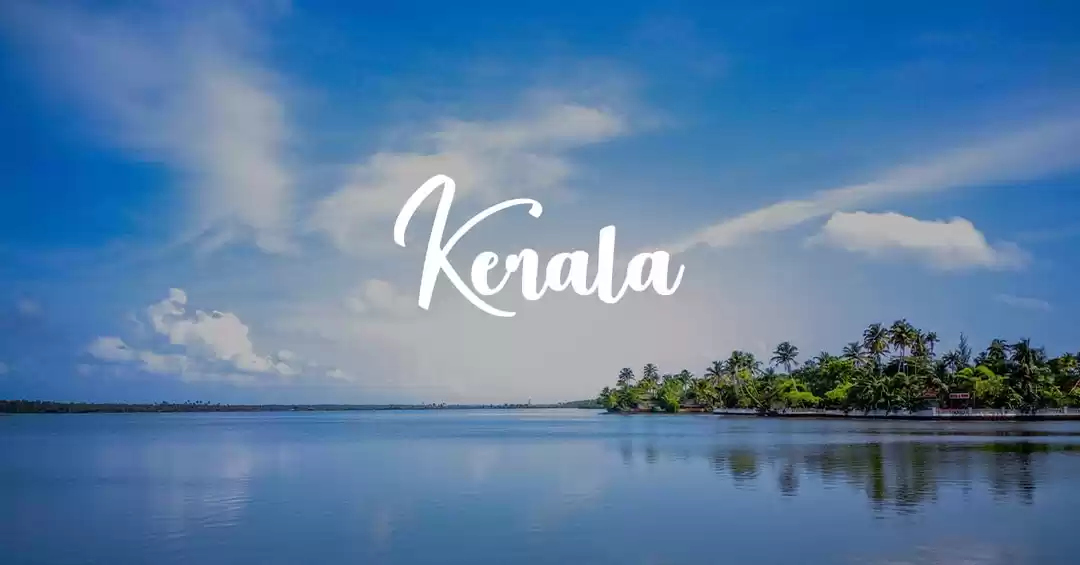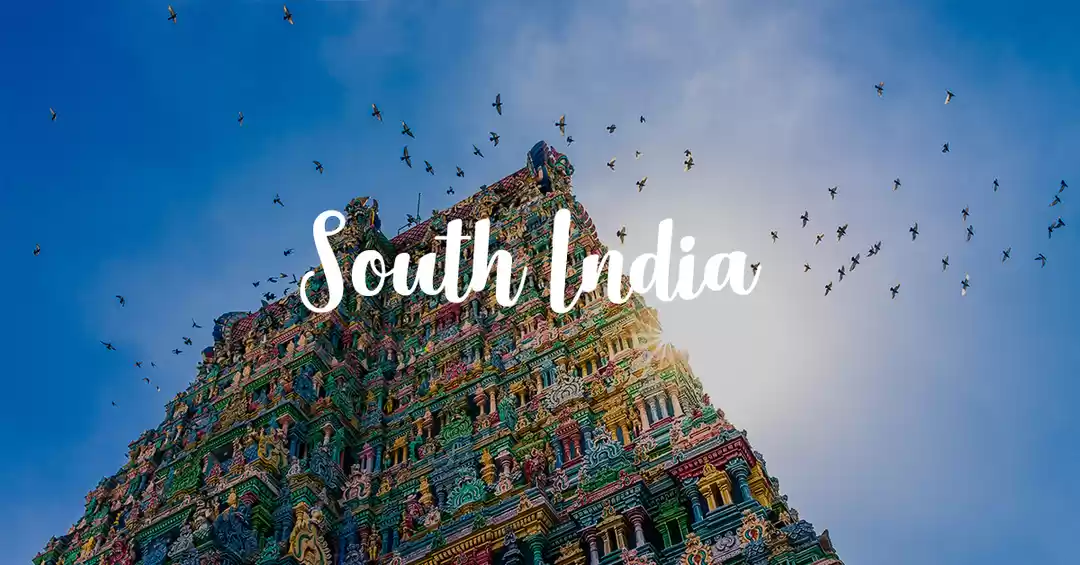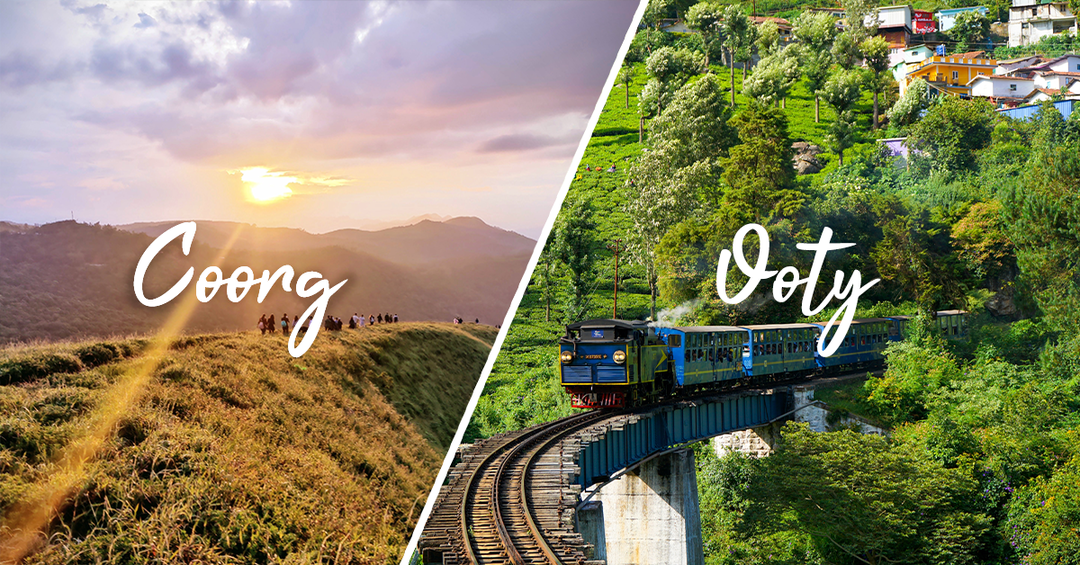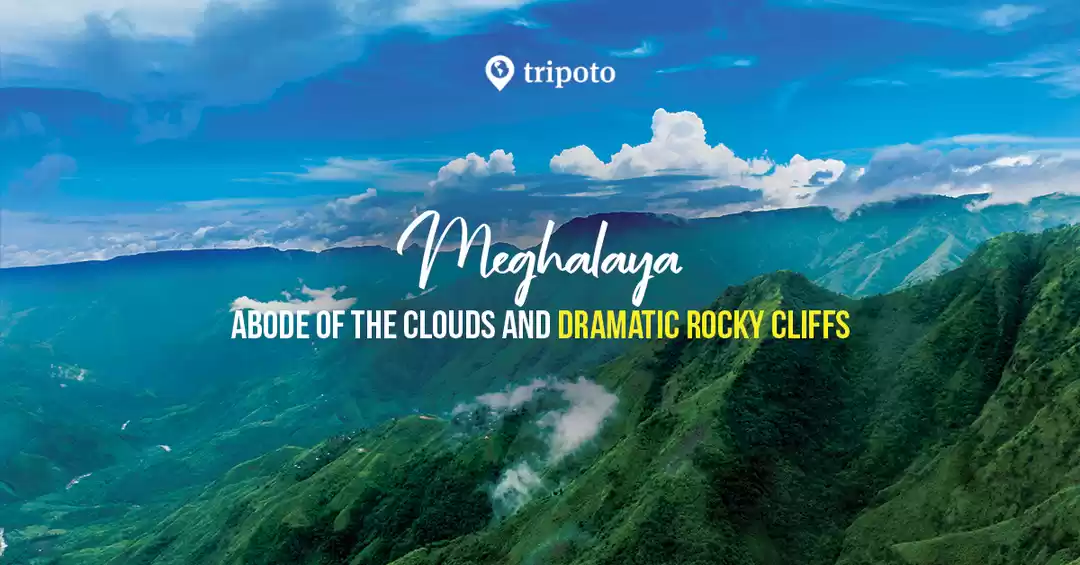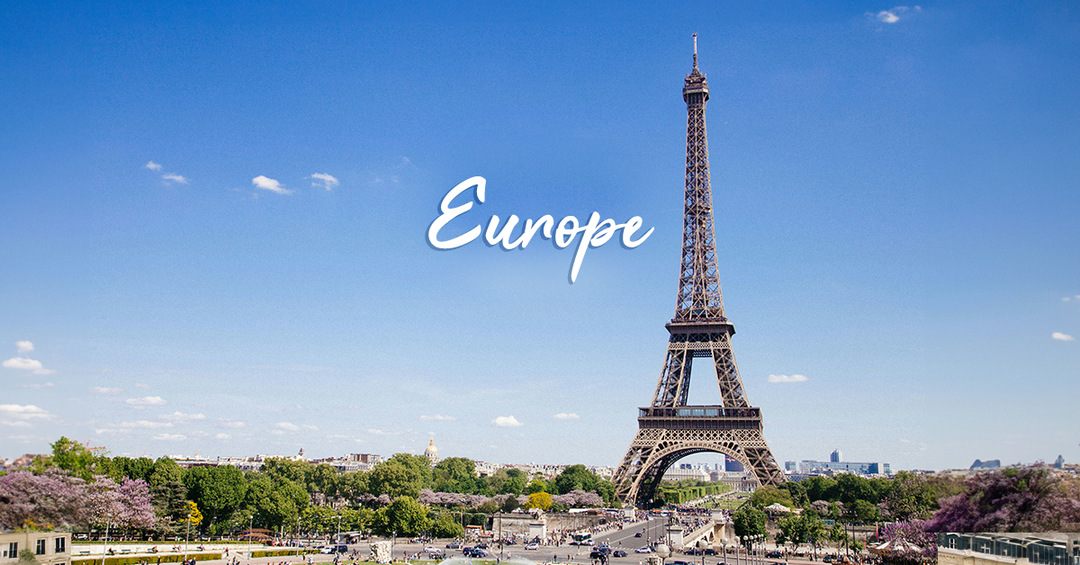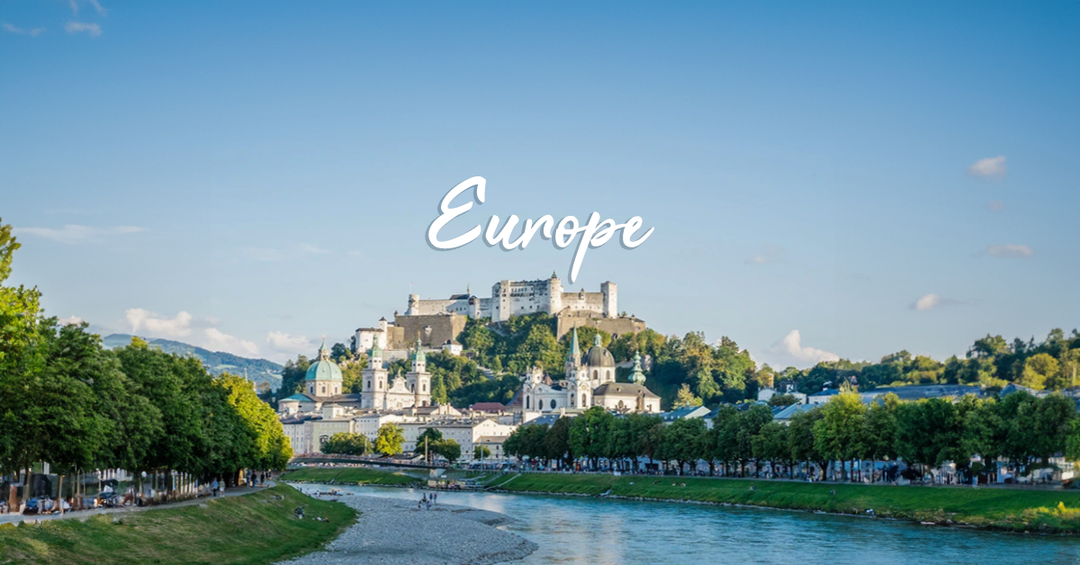
1. Deep Connection with Nature
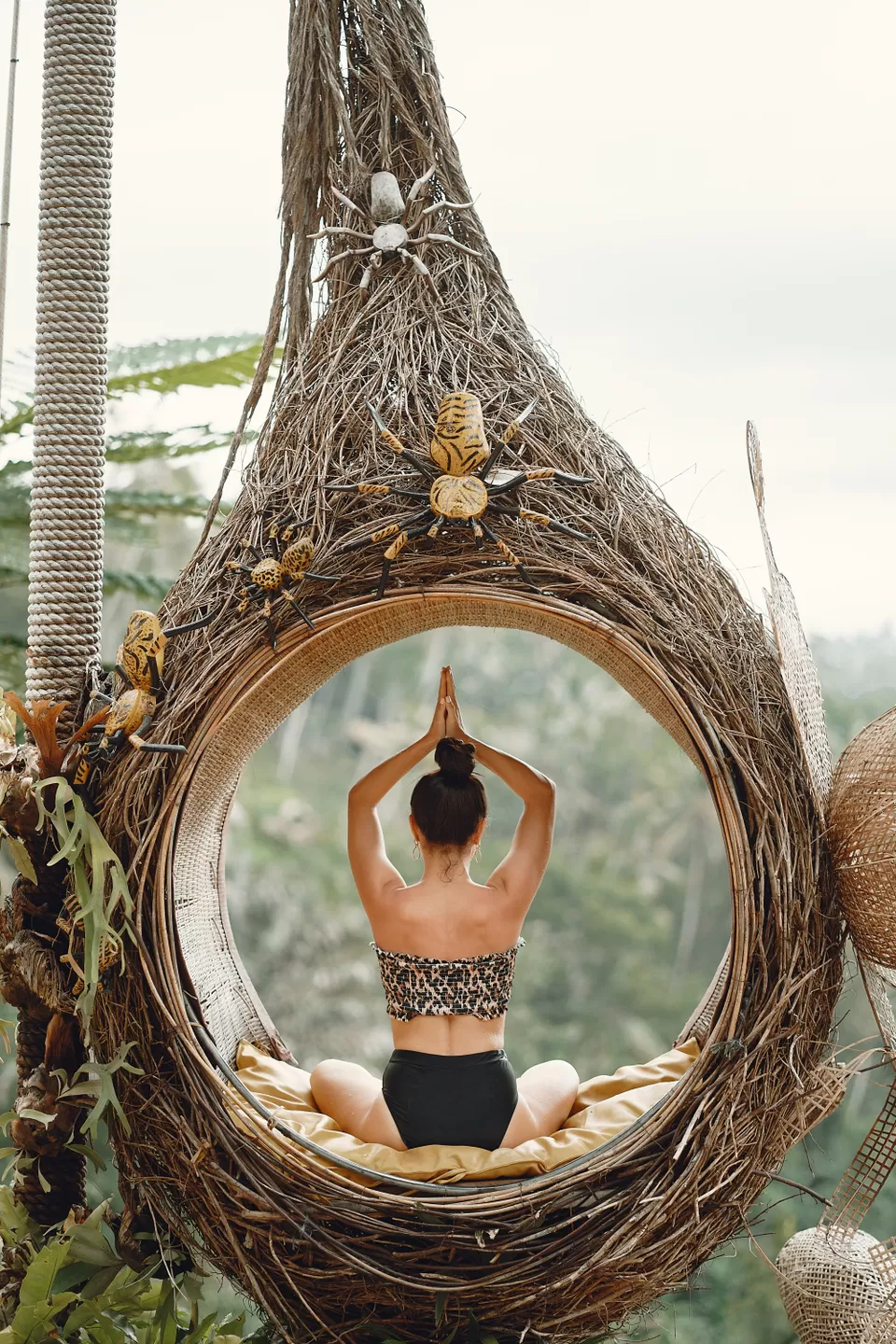
Tribal communities live in harmony with nature a practice modern society increasingly seeks to restore. They don’t just use the earth’s resources. They honor them. From harvesting food without depleting ecosystems to knowing when to let land rest, tribes practice what we now call sustainability. Their environmental awareness surpasses trendy eco-conscious lifestyles because it's embedded in every tradition, story, and ritual. While the modern world is only now learning to compost and recycle, tribal culture has long practiced zero-waste living, using every part of plants and animals. This nature-respect isn't just practical. It's spiritual. Trees are sacred, rivers are teachers, and animals are fellow beings. Today, climate change is urging societies to adopt greener habits, yet tribal cultures have done so for centuries. Their environmental mindfulness offers a blueprint for a better, more conscious future one that’s modern not because it’s new, but because it’s wise.
2. Community Over Individualism

In tribal cultures, the group matters more than the individual. Decisions are made through consensus, not competition. From birth to death, people are supported by an extended network of family, elders, and neighbors. This sense of community reduces loneliness and mental health issues, which modern societies increasingly face. Children grow up with many caregivers, which nurtures empathy and emotional intelligence. Elders are respected and involved in decision-making—unlike in modern settings where aging often leads to isolation. The tribal model counters the isolating “every man for himself” mentality. As urban societies face burnout, tribal values remind us that success is not about individual wealth, but collective well-being. It’s modern to think collaboratively, to work for the greater good, and to center community healing. The most progressive societies today aim for inclusion and collective care values that tribal cultures have always embodied naturally.
3. Gender Roles and Equality

Many tribal cultures have progressive views on gender. While the outside world often thinks of them as traditional or even patriarchal, a closer look reveals more nuance. In matrilineal tribes, women hold key leadership roles and make major decisions. Gender fluidity and multiple gender identities are recognized and respected in some Indigenous cultures, long before it became a mainstream topic. For example, the concept of Two-Spirit individuals in Native American communities shows that tribal cultures have room for diverse gender expressions. In comparison, modern societies have only recently begun embracing gender inclusivity. Instead of being constrained by rigid roles, tribal life often assigns responsibilities based on skills, age, or spiritual calling. That’s incredibly modern living beyond gender stereotypes and honoring all forms of identity. Equality isn’t a campaign in tribal societies; it’s a lived practice, where everyone is valued for their contribution, not their gender.
4. Sustainable Living Practices

Before "eco-friendly" became a buzzword, tribal communities lived with sustainable habits as a way of life. They grow food organically, use biodegradable materials, and maintain a low carbon footprint without even trying. Tools are made from natural materials like wood, bone, and stone, which return to the earth when discarded. Nothing is mass-produced, and nothing is wasted. Meat is shared among the community, and clothing is often made from local plants or animal hides, lasting generations. These practices outshine many modern sustainability initiatives that still rely on industrial processes and plastic. Unlike modern consumerism, tribal economies are based on needs, not wants. That’s a radical shift one that modern culture is just starting to understand. Green architecture, zero-waste goals, and minimalist lifestyles? Tribes have done it all for centuries, setting an example that today’s world is desperately trying to follow.
5. Holistic Health and Healing

Modern medicine often separates body, mind, and spirit. Tribal healing treats them as one. Herbal remedies, energy healing, chants, and spiritual rituals address not just the symptoms, but the soul. Tribal healers sometimes called shamans or medicine men/women have profound knowledge of plants and natural remedies, often with no side effects. Many of these traditional treatments are now being studied by Western science. Mindfulness, meditation, and sound healing, popular wellness trends today, were core to tribal well-being centuries ago. Emotional wounds are not hidden but addressed through communal rituals. Healing is not private. It’s supported by the tribe. In contrast, modern healthcare often feels cold and disconnected. Tribal health practices offer a human, spiritual dimension that reconnects us with our inner selves. It’s not alternative medicine. It’s original medicine, and it aligns perfectly with today’s push toward integrative health.
6. Oral Wisdom and Storytelling

Long before books, blogs, or podcasts, there were stories told around fires. Tribal cultures have preserved generations of wisdom through oral traditions. These stories are not just for entertainment. They teach morals, history, survival skills, and cultural identity. Elders serve as walking libraries, passing down tales that shape the community’s worldview. This is deeply modern, as today’s best educators and influencers use storytelling to connect and inspire. Tribal stories are interactive and immersive similar to the most effective digital learning tools today. They invite questions, dialogue, and participation. In a world drowning in information, tribal storytelling offers clarity and depth. It reminds us that knowledge isn’t just facts. It’s feeling, connection, and memory. This oral legacy is a dynamic, living form of education far more engaging than rote learning or data dumps. It’s a masterclass in communication the modern world is just beginning to appreciate.
7. Minimalism and Anti-Consumerism

In tribal life, less is more. People own what they need and treasure what they have. There’s no race to acquire the latest gadgets or chase endless upgrades. This minimalist mindset isn’t born from poverty. It’s born from purpose. Every object has a use, a story, and a place. Contrast this with the consumer-driven modern world, where possessions are often discarded when they’re no longer trendy. The clutter and excess of modern life lead to stress and disconnection. Tribal cultures offer a refreshing antidote. Their homes are functional, natural, and deeply connected to the environment. Trends like minimalism, slow living, and decluttering owe a lot to these ancient ways. In today’s world, people are learning that simplicity leads to happiness a lesson tribes never forgot. Their anti-consumerist lifestyle is not outdated; it’s revolutionary.
8. Spiritual Intelligence

Tribal cultures are deeply spiritual not in a religious dogmatic way, but in a way that permeates everyday life. Nature, ancestors, dreams, and intuition all guide daily decisions. Unlike many modern societies that separate spirituality from everyday tasks, tribal people see everything as sacred from planting crops to weaving baskets. This integration of the spiritual and practical is incredibly modern in the age of mindfulness and conscious living. The wisdom of listening to dreams or interpreting natural signs may sound mystical, but it aligns with current ideas of inner guidance and intuition. Modern self-help culture often borrows tribal principles, rebranding them with new names. Whether it’s gratitude rituals or moon ceremonies, tribal spirituality already embraced these long ago. It’s not old-fashioned. It’s profoundly evolved. In a time when people are desperately seeking meaning, tribal spiritual intelligence offers grounded, heart-centered wisdom.
9. Resilience Through Simplicity

Tribal communities thrive in some of the harshest environments from deserts to rainforests using techniques honed over generations. Their resilience doesn’t come from technology or convenience but from adaptability, cooperation, and knowledge of the land. That kind of strength is timeless and modern in every sense. They know how to survive without electricity, navigate using stars, and build shelter from what’s available. In today’s world of climate uncertainty and digital dependence, these survival skills are gold. More importantly, tribal resilience includes emotional strength. Grief is communal, hardship is shared, and no one is left behind. This builds mental toughness without trauma. In contrast, modern life’s constant hustle creates burnout and fragility. True resilience isn’t about productivity—it’s about resourcefulness and support systems. Tribal life teaches us that modern strength lies not in control, but in connection and simplicity.
10. Art, Expression, and Identity

Tribal art isn’t just decoration it’s a language. Every symbol, tattoo, fabric pattern, and piece of jewelry carries meaning. It tells stories, reflects history, and marks identity. While modern fashion often follows trends, tribal aesthetics are timeless and personal. Expression is part of daily life, not reserved for galleries or fashion weeks. Dance, music, and body art are community events, not performances for spectators. This form of living art is inclusive and participatory something modern culture is striving to reclaim. The modern art world now praises what tribal cultures have always known: art is medicine, memory, and movement. In tribal settings, everyone is an artist in their own right. That’s not primitive. It’s profoundly modern. It challenges the elitism of Western art and returns creativity to its rightful place everyday life. Modern movements like slow fashion and conscious design echo tribal values, making their aesthetic both rooted and futuristic.
11. Intergenerational Learning

Modern education systems often separate people by age. In tribal cultures, learning is fluid and lifelong. Children learn from elders, adults learn from nature, and everyone learns through doing. There are no classrooms, yet education is everywhere. Skills are passed through stories, rituals, apprenticeships, and observation. This experiential model is now considered cutting-edge in modern pedagogy. It’s how Montessori, Waldorf, and even online project-based learning approaches are structured. There’s wisdom in letting kids learn from life, not just lectures. Moreover, elders remain teachers and leaders, keeping their sense of purpose and dignity. This approach fosters deeper relationships and stronger communities. The wisdom of elders isn’t archived. It’s alive and active. Intergenerational learning in tribal cultures shows that true education isn’t about grades. It’s about growth, humility, and mutual respect. That is the future of education.
12. Clean Living Environments

Though not often acknowledged, many tribal communities maintain environments that are far cleaner and healthier than urban settings. Their homes, often built from clay, wood, or bamboo, naturally regulate temperature, airflow, and light. They don’t rely on artificial ventilation or toxic cleaning agents. Their hygiene practices involve natural soaps, smoke purification, and herbal fumigation. This kind of "air duct cleaning" for the environment is built into their way of life, with smoke used to clear insects, energy, and illness. Cleanliness in tribal life is not about sterile surfaces. It’s about balance with natural elements. As cities struggle with pollution, indoor air quality, and synthetic chemicals, tribal living spaces remain holistic and breathable. They offer insight into how architecture, cleaning, and health can work together seamlessly without harming the environment. In that sense, tribal cultures are already living the clean, conscious lifestyle the modern world aspires to.
Conclusion
What if the future isn’t ahead of us, but behind us waiting to be remembered? Tribal cultures may not have skyscrapers or smartphones, but they hold wisdom modernity is only just beginning to uncover. From eco-living and gender inclusion to holistic health and community resilience, tribal societies are not primitive. They are pioneers. Their modernity isn’t measured in gadgets but in groundedness, and in a world that’s more disconnected than ever, that might just be the most modern thing of all.
Have something that you want to say? Comment below or write about your own travel experience here.



